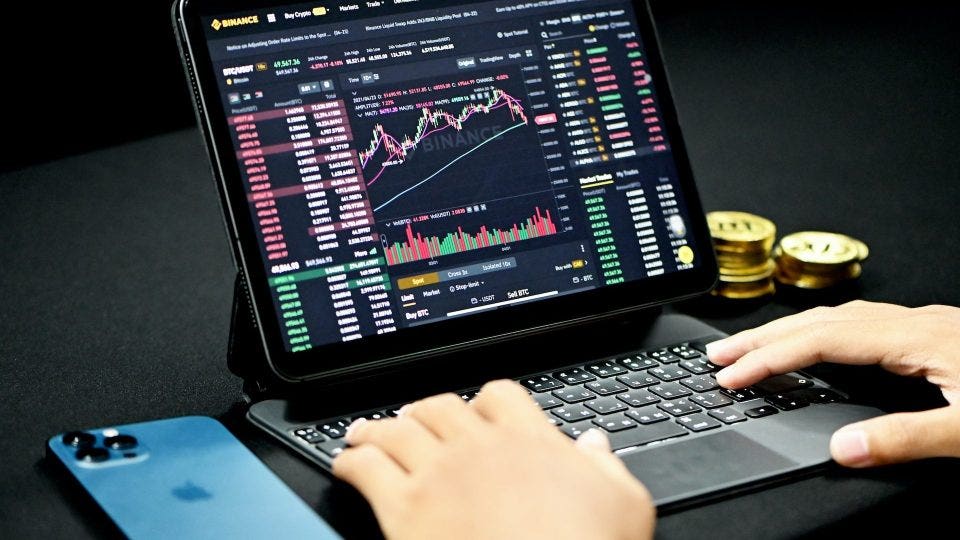The future trajectory of any cryptocurrency is a combination of both internal dynamics and broader market trends. We’ve sought insights from Willemsen to shed light on the potential bullish and bearish paths for LUNA.
The Bull Case
A lot would need to change for LUNA to have a solid bullish case. Not only would it need to catch up with competitors, but it would also need to shake the distrust it has developed from investors and projects due to its past.
The token has risen from an all-time low of $US0.40 to $US1.21, a 200% gain, since October last year as the crypto markets have shown strength. While this may seem remarkable, most projects have marked similar or greater gains. Even Bitcoin, the largest crypto asset, has posted an almost 200% gain over the same period.
Willemsen says that LUNA could increase in value “if the broader crypto market enters a sustained bull run”. In such an environment, he believes that LUNA, like many altcoins, stands to benefit from the cyclical nature of crypto markets.
“LUNA may benefit from crypto investors rotating profits into riskier altcoins,” he says. If past trends are reliable indicators, such a shift could manifest “after BTC, ETH, and major altcoins have trended higher for several months”.
This is already beginning to play out, with Bitcoin recently breaking all-time highs following the approval of 11 spot Bitcoin exchange-traded funds (ETFs) for trade in the US and dragging many lifeless altcoins, like LUNA, along with it.
Although there is no strong bull case for the project, anything could happen in crypto.
The Bear Case
The bear case for LUNA in its current state is much stronger. Willemsen says the recent advancements of Ethereum, which has traditionally faced scalability issues, is a challenge for LUNA.
“In recent years, alternative layer-one (L1) blockchains, such as Terra, benefited from Ethereum’s inability to handle significant user demand without fees surging to unsustainable levels,” he says.
But Ethereum’s landscape is evolving. “Since then, Ethereum has become somewhat more scalable through the proliferation of layer-two (L2) solutions known as rollups,” he adds.
Recently, Ethereum implemented the Dencun upgrade, which substantially reduced the fees for L2 chains like Optimism, Arbitrum and Base chain. Users on these chains now benefit from transaction fees of less than a cent while interacting with a blockchain leveraging the security of the main Ethereum chain.
If Ethereum continues on this path to better scalability and cheaper fees for users, it could diminish the unique value proposition of chains like Terra.
Further strengthening the bearish case, Willemsen points to the vibrant ecosystems of other alternative L1 blockchains, including the formidable contenders Solana, Polkadot, and Avalanche.
“While Terra’s user and developer ecosystem is vibrant relative to the original chain, it still has its work cut out for it when compared to other alternative L1 blockchains,” he says.
With these insights, it’s clear that while Terra Luna has potential avenues for growth, it faces formidable challenges.
This article was originally published by a www.forbes.com . Read the Original article here. .


